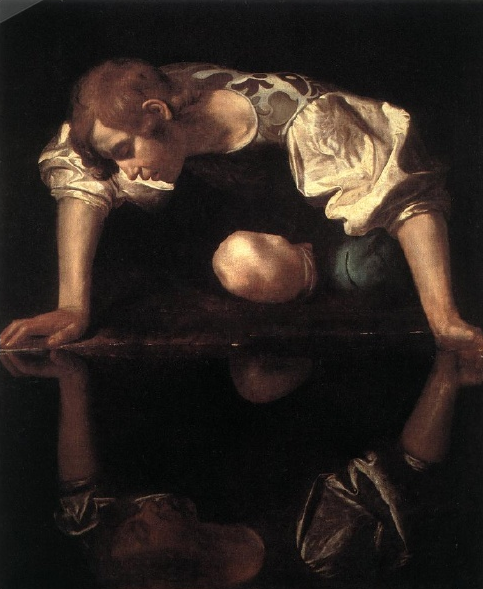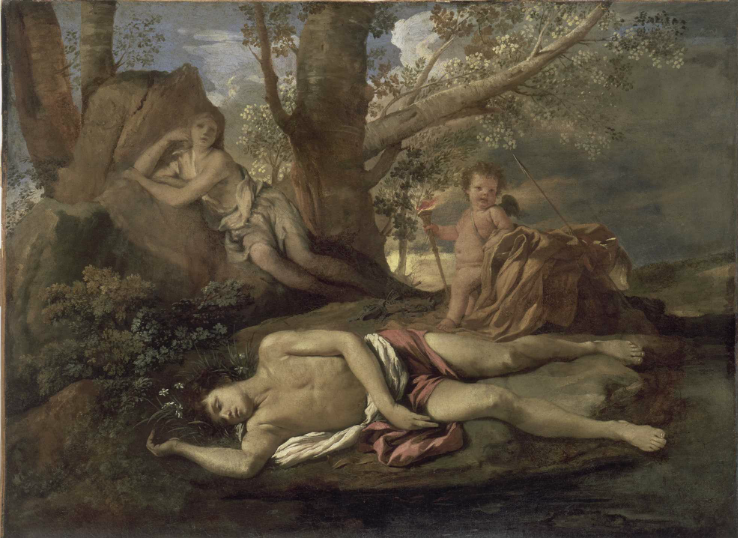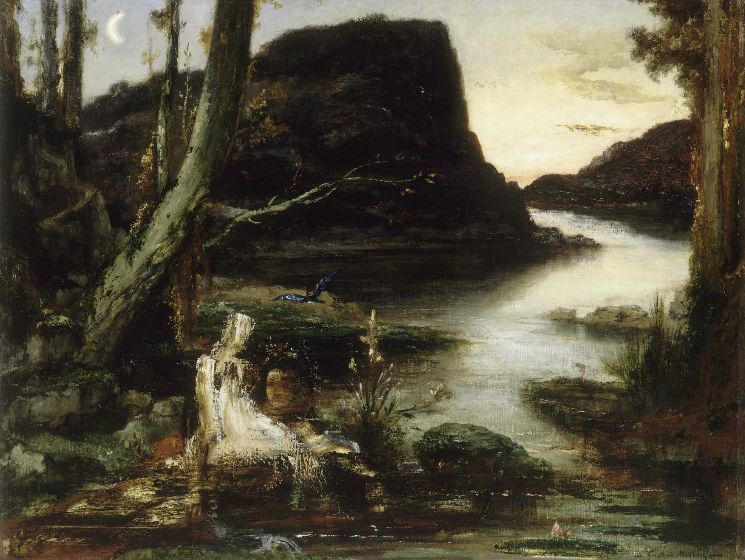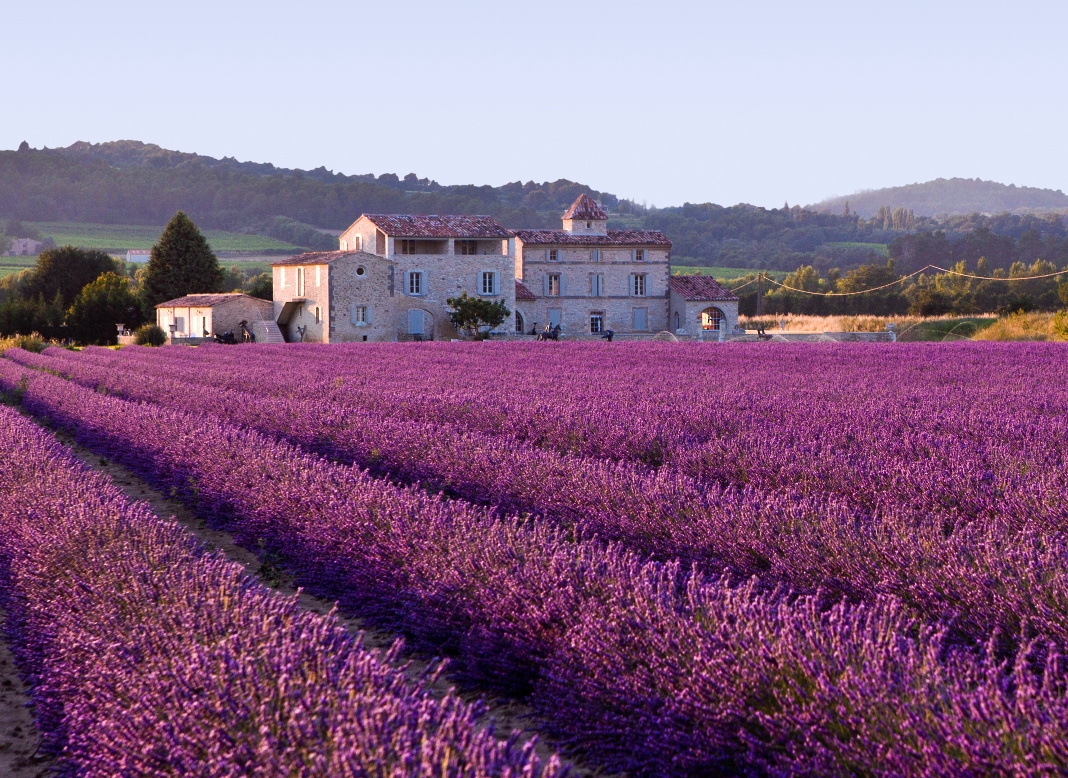We commonly say that a person who loves himself so much has a case of ‘Narcissism’. The root of this word is based on the myth of the tragic death of Narcissus. When Narcissus was conceived by the god of river and a nymph, a prophet prophesized, “he will live for a long time unless he knows himself.”
Time passed by and Narcissus turned sixteen years old. Everyone loved him because of his beautiful face but he didn’t pay attention to them. One day, there was a woman who felt rejected by Narcissus and asked a god for revenge. He was put under a curse such that if he fell in love, he would not be loved in return. One day, while he was drinking water from a pool of water he saw a beautiful person in the pool. He fell in love at first sight. Narcissus called to him and tried to grab him. However, that person disappeared every time he tried to reach out to him. In the end, Narcissus was only able to look at him and wanted to stay there forever. His continuous love for his own image in the pool led him to ignore eating and drinking. This drove him to his death. But since his love could never happen he suffered greatly. His own reflection caused his death. After his death, a yellow narcissus bloomed. That narcissus that bloomed at the waterside lowers itself and looks at its reflection on the water.
Caravaggio, an Italian painter, dramatically depicted Narcissus who fell in love with himself.
Narcissus, Michelangelo Merisi da Caravaggio, 1595
In the painting, his mouth is in the shape of a moan. His body, his love, is illuminated by the light while, in his reflection, there is his self in darkness. The main character Narcissus in the tragic story loved himself so much that he ended up dying. Caravaggio did an excellent job in depicting Narcissus’s wrongful love and his work is powerful enough to immerse us in it. It is a close up of only one character but it amply shows us the bigger picture of the story. We get to exclaim on how beautiful he depicted the boy on the eve of his death.
On the other hand, Poussin depicts not only the story of this boy in the canvas but also Echo who also ended up with unfortunate death from loving Narcissus.
Echo and Narcissus, Nicolas Poussin, 1628
There was another character in the tragic story named Echo. She was under punishment by Zeus’s wife Hera because of her passion for talking. She loved talking so much that she didn’t listen to others and constantly spoke. Her punishment was that she couldn’t speak first and was only able to speak what was spoken to her. Echo also fell in love with the beautiful boy Narcissus but she could not express her love. Echo was only able to look at Narcissus, falling in unrequited love and becoming emaciated. She eventually became a mountain stone after she died. So Echo can only repeat our sounds if we go to a mountain or a cave.
Poussin painted the tragic love story of the myth on a canvas. Narcissus had already passed away and is lying on the ground, and Cupid, the god of love, is looking at this scene with a smile in the background. On the left hand side, Echo has already become similar to a rock and is looking at Narcissus. This piece also looks like the ending scene of a play. The tragic love between the two ends with this stable composition of the three people and the light illuminating Narcissus.
In the end, the myth of Echo and Narcissus is a love story that could never happen because it was strictly a one-way love. But oddly enough, the characters resemble each other. Echo was a chatterbox who only talked about herself rather than listening to others and this enraged Hera. Narcissus was an egoist who does not fawn over others but loved his own image. Such self-centered behavior also caused the god’s judgment.
Narcisse, Gustave Moreau, 19c
Narcissus is depicted by the representative symbolist painter Moreau as if it were a scene in a nightmare. It seems as if he is trapped in his own world forever. Narcissus’s world expressed by Moreau is dark and sad. The river by which he passes away looks like a river of death. It shows the last days of his egoism where Narcissus only thinks about himself.
‘Narcissism’ is a term used mainly in psychiatry but in fact, don’t we all live like Narcissus? We are actually self-centered, egoistic, think about ourselves first before others, and we actually love ourselves more than anyone else. If you want to deny it, take a moment and look back on yourself. Have you ever truly loved others? Have you ever loved somebody more than yourself?
Characters in ancient myths depict the inner mind of humans. It is not a story about someone far away. It isn’t any different from anyone living in modern society with egoism. Through Narcissus and Echo, the myth enlightens us that the result of self-centered thinking and behavior returns to me in the end. If Narcissus knew to orient his eyes away from himself and towards other people and share his love with them, he would be able to live happily ever after. If Echo knew to listen to others, she would not have been punished to say only the words of others for her entire life. When you abandon ‘the mind of loving only yourself’ and ‘the mind of caring about yourself’ and meet ‘another you’ through your eyes, you would begin to build a truthful relationship. We have said to ourselves subconsciously, ‘I love you.’ Now, why don’t you say it to the precious people around you? “I love you, you love me. We are one.”








